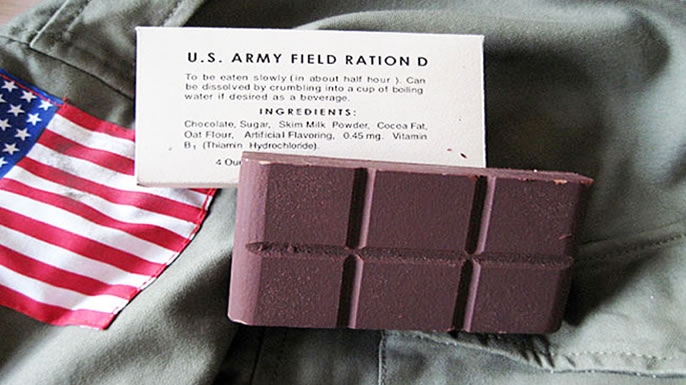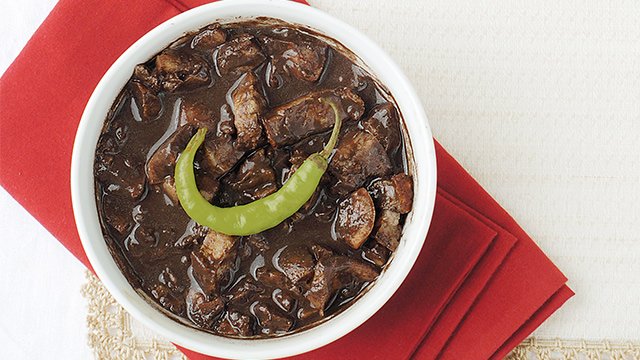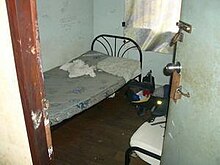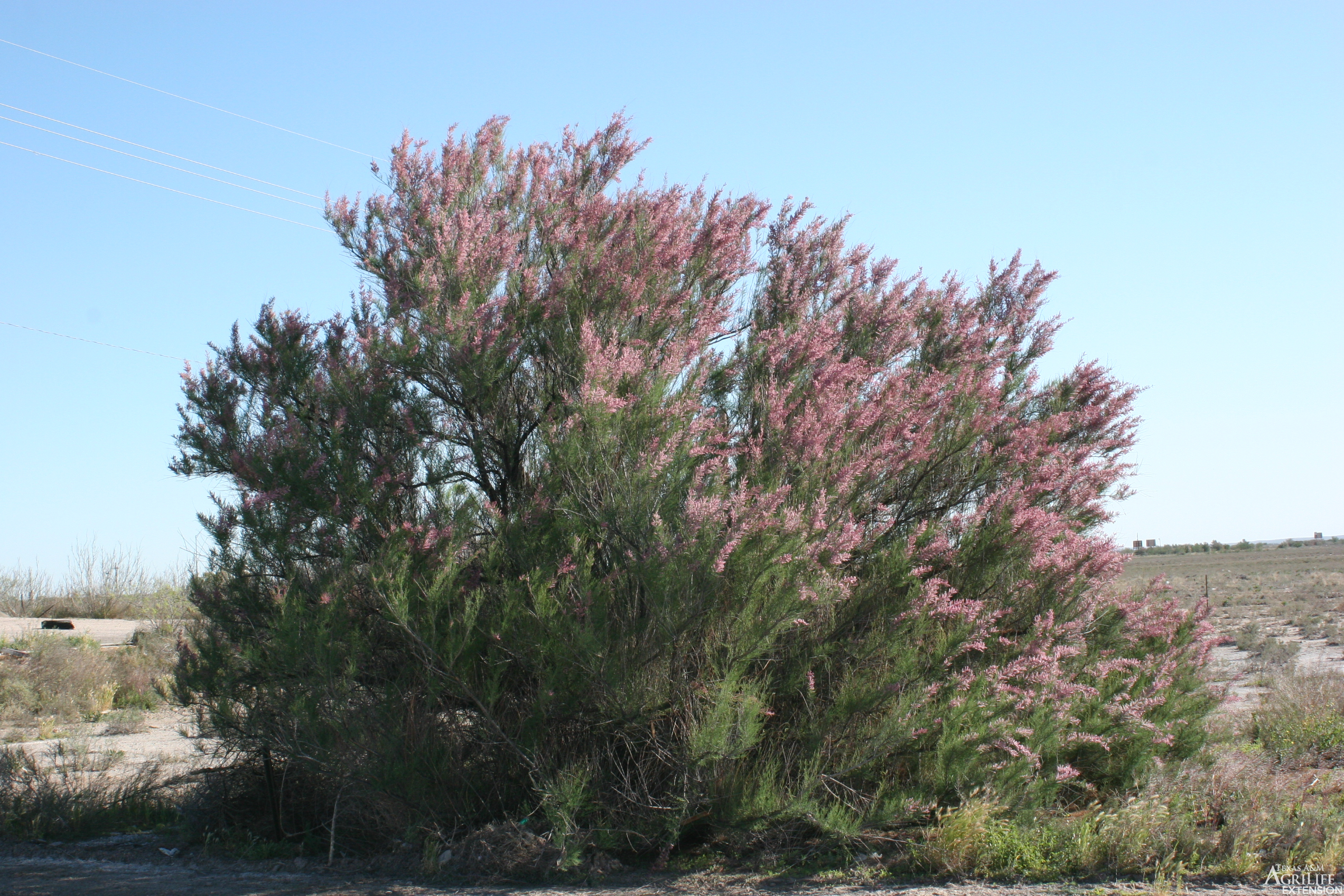review
"An inspection of military or naval forces; esp. a ceremonial display and formal inspection of troops or the fleet by a monarch, commander-in-chief, or high-ranking visitor" (OED).
review
"An inspection of military or naval forces; esp. a ceremonial display and formal inspection of troops or the fleet by a monarch, commander-in-chief, or high-ranking visitor" (OED).
East Bourne
Eastbourne is a town on the Southeast coast of England. A seaside, resort town similar to Brighton.
 Location of Eastbourne in the U.K.
Location of Eastbourne in the U.K.
gaming
"The action or practice of playing games, as cards, dice, etc., for stakes" (OED).
Also known as gambling.
fifty pounds
Equivalent to about $3,627.75 as of 2019.
dilatory
"Tending to cause delay; made for the purpose of gaining time or deferring decision or action" (OED).
licentiousness
"Disregarding commonly accepted rules, deviating freely from correctness, esp. in matters of grammar or literary style; overstepping customary limits" (OED).
sepia-brown photographs

A photograph becomes sepia-brown as a result of toning. It is often intentionally done to photographs to create a more warm and nostalgic feeling as the sepia tone creates a more weathered and old look. On one hand the mentioning of the style could just be an actual reality, that the pictures Gloria has are just sepia-brown photographs, but there is also the fact of how much time has passed since then. Gloria speaks of remembrance for his mother in relation to sepia-brown photographs. The feeling of aging and time passing comes with this style of photography. For Gloria, this is a part of her past that he cannot separate from the current time.
the season of the monsoon
https://www.youtube.com/watch?v=9IbHZDEza70
This is the second time that Gloria has referred to the Japanese occupation as a monsoon. Monsoon season in the Philippines is usually from May to October where it rains incredibly hard and often floods the streets and sometimes the inside of homes as well, just as shown in the video above. Gloria is calling the Japanese occupation a "dark" event, one that is equal to the the dark weather that comes with monsoon season. It is one that is mysterious and unsure of what might happen, and fully capable of being destructive.
the Japanese Occupation
https://www.youtube.com/watch?v=ssSDELFWdYc&t=
The video above covers the history of the Japanese occupation of the Philippines. The Japanese occupation occurred during World War II, specifically from 1942 to 1945. At this time in the Philippines, both Japanese soldiers and American GIs were holding residence in the country. For Gloria's mother, this meant that she had to learn Japanese in order to get food for her family and dream of liberation for when they would leave.
You were the pretty one at seventeen,your skin, white as milkfish.

Colorism is when there is prejudice or discrimination towards people with darker skin tones, usually within the same ethnic or racial group. This is especially prevalent in a country such as the Philippines where there are privileges that may come home with having a lighter skin tone. Because of this, there is a desire from some Filipino people to have paler skin, which resorts to using things such as skin whitening soap. Gloria, as the speaker of the poem, notes that his mother was a "pretty one" because of her pale skin and for the Japanese soldiers, she was valued as more beautiful and aesthetically pleasing because of this. Her light skin tone granted her privileges, such as more food.
more food
The importance of food is one that is shown throughout the poem. For a country caught in the middle of a great war, food is something that must be treasured. As mentioned in the previous annotation, Gloria's mother is given extra food just because of her complexion, but what is left out of the picture is all the people who did not have the same privilege as her.
Food is so essential for survival, but during this time of occupation with the Japanese soldiers and the American GIs, there is no certainty of being able to have a meal every day. This circles back to the beginning of the poem, where the speaker's mother would frown at them for losing their appetite after she's made food. Food for her during the occupation was something she earned. Later in the poem where Hershey bars are mentioned in conjunction with American GIs and liberation, foods like chocolate bars were considered luxuries.

milkfish stewand long grain rice, make us eatblood soup with chili peppers,
Milkfish stew and blood soup both refer to Filipino dishes.
 Milkfish stew is Sinigang na Bangus. It is a sour fish soup that is pretty simple to make.
Milkfish stew is Sinigang na Bangus. It is a sour fish soup that is pretty simple to make.

Blood soup refers to dinuguan, which is made using pig meat (usually pig offal) and the blood of the pig, along with other vegetables and spices for taste.
Both foods are extremely resourceful in what is used, as they use parts of animals that may be typically thrown away by other types of cultures. Using the intestines of animals is common in Filipino food or snacks, and it lessens the amount of waste created as these parts are still viable and healthy to eat. For the Philippines, under the Japanese occupation at this time during WWII, being able to use all aspects of their resources can be incredibly helpful.
sepia-brown photographs
 A photograph becomes sepia-brown as a result of toning. It is often intentionally done to photographs to create a more warm and nostalgic feeling as the sepia tone creates a more weathered and old look. On one hand the mentioning of the style could just be an actual reality, that the pictures Gloria has are just sepia-brown photographs, but there is also the fact of how much time has passed since then. Gloria speaks of remembrance for his mother in relation to sepia-brown photographs. The feeling of aging and time passing comes with this style of photography. For Gloria, this is a part of her past that he cannot separate from the current time.
A photograph becomes sepia-brown as a result of toning. It is often intentionally done to photographs to create a more warm and nostalgic feeling as the sepia tone creates a more weathered and old look. On one hand the mentioning of the style could just be an actual reality, that the pictures Gloria has are just sepia-brown photographs, but there is also the fact of how much time has passed since then. Gloria speaks of remembrance for his mother in relation to sepia-brown photographs. The feeling of aging and time passing comes with this style of photography. For Gloria, this is a part of her past that he cannot separate from the current time.
the Japanese Occupation
https://www.youtube.com/watch?v=ssSDELFWdYc&t=
The video above covers the history of the Japanese occupation of the Philippines. The Japanese occupation occurred during World War II, specifically from 1942 to 1945. At this time in the Philippines, both Japanese soldiers and American GIs were holding residence in the country. For Gloria's mother, this meant that she had to learn Japanese in order to get food for her family and dream of liberation for when they would leave.
You were the pretty one at seventeen,your skin, white as milkfish.
 Colorism is when there is prejudice or discrimination towards people with darker skin tones, usually within the same ethnic or racial group. This is especially prevalent in a country such as the Philippines where there are privileges that may come home with having a lighter skin tone. Because of this, there is a desire from some Filipino people to have paler skin, which resorts to using things such as skin whitening soap. Gloria, as the speaker of the poem, notes that his mother was a "pretty one" because of her pale skin and for the Japanese soldiers, she was valued as more beautiful and aesthetically pleasing because of this. Her light skin tone granted her privileges, such as more food.
Colorism is when there is prejudice or discrimination towards people with darker skin tones, usually within the same ethnic or racial group. This is especially prevalent in a country such as the Philippines where there are privileges that may come home with having a lighter skin tone. Because of this, there is a desire from some Filipino people to have paler skin, which resorts to using things such as skin whitening soap. Gloria, as the speaker of the poem, notes that his mother was a "pretty one" because of her pale skin and for the Japanese soldiers, she was valued as more beautiful and aesthetically pleasing because of this. Her light skin tone granted her privileges, such as more food.
more food
The importance of food is one that is shown throughout the poem. For a country caught in the middle of a great war, food is something that must be treasured. As mentioned in the previous annotation, Gloria's mother is given extra food just because of her complexion, but what is left out of the picture is all the people who did not have the same privilege as her.
Food is so essential for survival, but during this time of occupation with the Japanese soldiers and the American GIs, there is no certainty of being able to have a meal every day. This circles back to the beginning of the poem, where the speaker's mother would frown at them for losing their appetite after she's made food. Food for her during the occupation was something she earned. Later in the poem where Hershey bars are mentioned in conjunction with American GIs and liberation, foods like chocolate bars were considered luxuries.

milkfish stewand long grain rice, make us eatblood soup with chili peppers
Milkfish stew and blood soup both refer to Filipino dishes.
 Milkfish stew is Sinigang na Bangus. It is a sour fish soup that is pretty simple to make.
Milkfish stew is Sinigang na Bangus. It is a sour fish soup that is pretty simple to make.

Blood soup refers to dinuguan, which is made using pig meat (usually pig offal) and the blood of the pig, along with other vegetables and spices for taste.
Both foods are extremely resourceful in what is used, as they use parts of animals that may be typically thrown away by other types of cultures. Using the intestines of animals is common in Filipino food or snacks, and it lessens the amount of waste created as these parts are still viable and healthy to eat. For the Philippines, under the Japanese occupation at this time during WWII, being able to use all aspects of their resources can be incredibly helpful.
flophouses

This image above is of a room in a flophouse. Flophouses are cheap living spaces usually referring to a cheap hotel or rooming house.
he lowered his sword-like mouth, gorged on them
https://www.youtube.com/watch?v=RtUQ_pz5wlo
This video displays just how a hummingbird consumes nectar. It gives a visual to how invasive the process of the brother draining the parents can be.
salt cedar

The image is of a salt cedar shrub. Salt cedars are an invasive species of plants that prevents other plants from growing
the front yard, which he treated like his personal zócalo
A zócalo is the main plaza of a town or city. The brother considers the front yard of his home as this main gathering place for the people that seem to worship him.
My parents crossed fingers so he’d never come back, lit novena candles so he would.
This juxtaposes hope vs. prayer. Crossed fingers could hope in the moment or for something the change quickly, whereas Novenas are prayers that are done either for nine days to nine weeks, which are a more long term spiritual commitment.